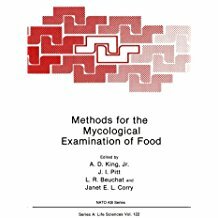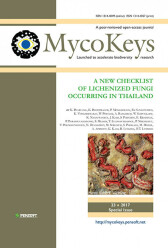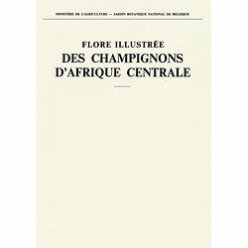Methods for the Mycological Examination of Food (1986)-King Jr., A.D., Pitt, J.I., Beuchat, L.R., Corry, J.E.L.
€109.00
original price
€97.27 included CZ VAT
€97.27 without VAT
|
Country | % VAT (books) | % VAT | |
|---|---|---|---|
| DEU | 7 | 19 | |
| HUN | 5 | 27 | |
| AUT | 10 | 20 | |
| BEL | 6 | 21 | |
| BGR | 9 | 20 | |
| DNK | 25 | 25 | |
| EST | 9 | 20 | |
| FIN | 10 | 24 | |
| FRA | 5,5 | 20 | |
| HRV | 5 | 25 | |
| IRL | 0 | 23 | |
| ITA | 4 | 22 | |
| CYP | 5 | 19 | |
| LTU | 9 | 21 | |
| LVA | 5 | 21 | |
| LUX | 3 | 16 | |
| MLT | 5 | 18 | |
| NLD | 9 | 21 | |
| POL | 5 | 23 | |
| PRT | 6 | 23 | |
| ROU | 5 | 19 | |
| GRC | 6 | 24 | |
| SVK | 10 | 20 | |
| SVN | 5 | 22 | |
| ESP | 7 | 21 | |
| SWE | 6 |
25 |
The price is valid for Czech customers only. Due to a new regulation of the European Parliament the final price must be calculated according to the country of final destination starting from 1st July 2021. Please take a look at the chart above for valid VAT rate in your country.
https://ec.europa.eu/taxation_customs
Warranty (months) 24
Availability 14 days
The desirability, indeed the necessity, for standardization of methods for the examination of foods for contaminant and spoilage mycoflora has been apparent for some time. The concept of a specialist workshop to address this problem was borne during conversations at the Gordon Research Conference on "Hicrobiological Safety of Foods" in Plymouth, New Hampshire, in July 1982. Discussions at that time resulted in an Organizing Committee of four, who became the Editors, and a unique format: all attendees would be expected to contribute and, in most cases, more than once; and papers in nearly all sessions would be presented as a set of data on a single topic, not as a complete research paper. Each session would be followed by general discussion, and then a panel would formulate recommendations for approval by a final plenary session. The idea for this format was derived from the famous "Kananaskis I" workshop on Hyphomycete taxonomy and terminology organized by Bryce Kendrick of the University of Waterloo, Ontario in 1969. Attendance would necessarily be limited to a small group of specialists in food mycology. The scope of the workshop developed from answers to questionnaires circulated to prospective participants. To generate new data which would allow valid comparisons to be drawn, intending participants were given a variety of topics as assignments and asked to bring information obtained to the workshop.
ISBN: 978-1-4684-8455-7
328 pages, 14 b/w illustrations, softcover

 english
english



